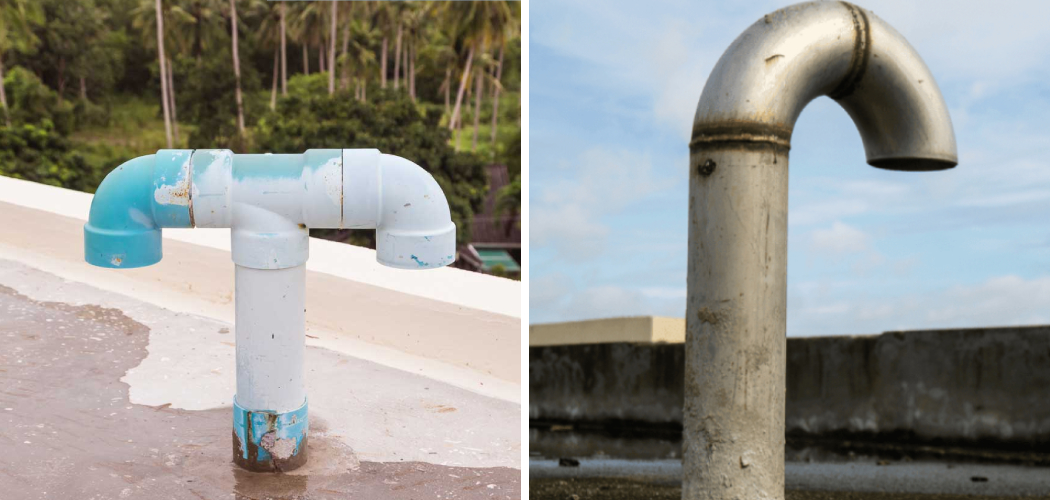Do you ever walk into your bathroom and feel like you’ve been hit with a wave of stale, stagnant air? Do toilet odors seem to linger for hours or even days? If so, one possible cause could be an issue with your toilet venting system. Poorly vented toilets become major inconveniences, as well as health hazards when not properly addressed.
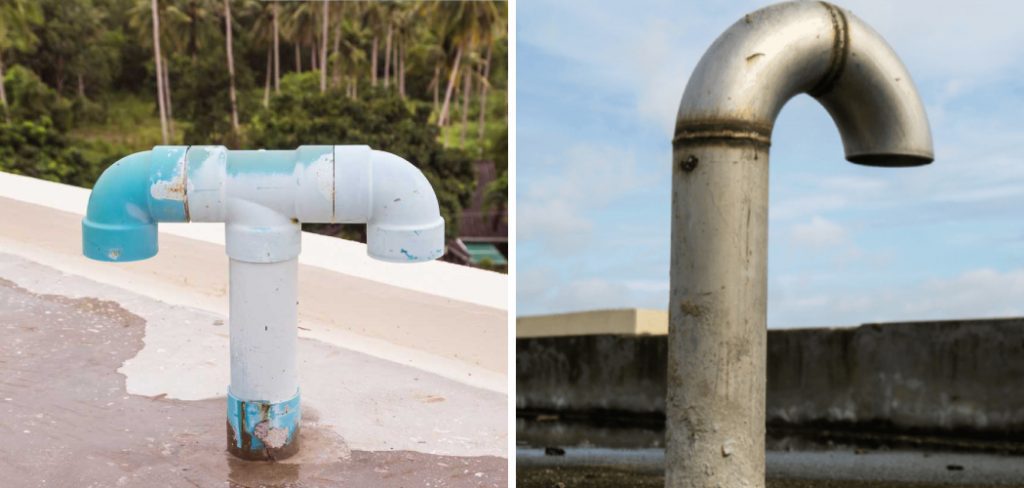
In this blog post, we will share the key steps how to fix toilet venting problem and help alleviate any nasty smells. As uncomfortable as it may feel about dealing with a smelly bathroom situation, keep reading to learn all about how to resolve and prevent bad odors from lingering in the home due to faulty venting!
What Happens if a Toilet Is Not Vented Properly?
If your toilet is not properly vented, you can experience a variety of problems. Toilets that are not ventilated properly can cause problems such as water leaking out of the bowl or tank and onto the floor, gurgling noises coming from the pipes, and even an unpleasant smell coming up through the drain.
In addition to these issues, if a toilet is vented improperly it can lead to a buildup of pressure in your home’s sewer drains which could potentially damage them over time.
To prevent any of these issues from occurring, it’s important to make sure that your toilet is properly vented. This will help ensure that everything runs smoothly and that there aren’t any unnecessary risks posed to your home’s plumbing system. Fortunately, identifying and fixing a ventilation issue with your toilet is relatively easy.
Where Are Toilet Vents Located?
Toilet vents are typically found in the bathroom, directly above the toilet. They are usually connected to the main vent stack of the home and may be visible from the outside of the house. If you cannot see a vent from the outside, it is likely located in the attic or crawlspace of your home.
In some cases, there may be an additional vent installed near the toilet itself. Toilet vents are typically connected to a plastic pipe that exits through the roof of your home. This ensures that any foul odors produced by sewage and wastewater entering your plumbing system are safely vented out of your house instead of lingering inside and creating unpleasant smells throughout your home.
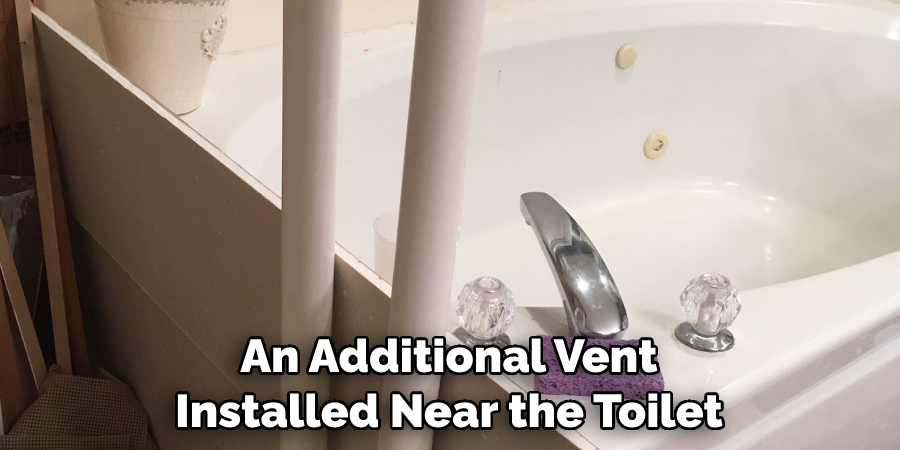
If you have determined that you have a blocked toilet vent, then it’s time to take action to fix it. Unblocking a toilet vent isn’t difficult but can require some physical effort which includes climbing up ladders or accessing your attic or crawlspace to inspect the vent. Depending on the location of the blockage, you may not need to access these areas as more minor blockages can be unblocked from inside your house.
Regardless of where the toilet vent is located and what type of blockage you are dealing with, it is important that you take safety precautions before attempting to unblock a toilet vent. Make sure that any ladders or steps used are stable and secure, wear protective clothing such as gloves, goggles, and a face mask if necessary.
And never attempt any plumbing repairs without first turning off all water supplies leading into your home. Once you have taken all required safety measures, proceed with unblocking the vent in order to restore proper ventilation and prevent any odors from returning.
9 Methods How to Fix Toilet Venting Problem
1. Check the Toilet Flange
The first thing you should do if you think there may be a problem with your toilet venting is to check the toilet flange. The flange is part of the toilet that connects to the sewer line and allows waste to be flushed away.
If the flange is not properly sealed, it can allow sewer gas to escape into your home. Look for any cracks or gaps in the flange that could be allowing gas to leak out. If you find any, use a sealant to patch them up.
To make sure the sealant is secure, you may need to tighten the screws holding the flange in place. While it’s not required, you may also want to replace the flange if it is too old or corroded.
2. Check the P-Trap
Another potential problem area is the P-trap. The P-trap is a U-shaped pipe that is located under the sink and connects to the drain line. The purpose of the P-trap is to trap water in order to prevent sewer gas from escaping.
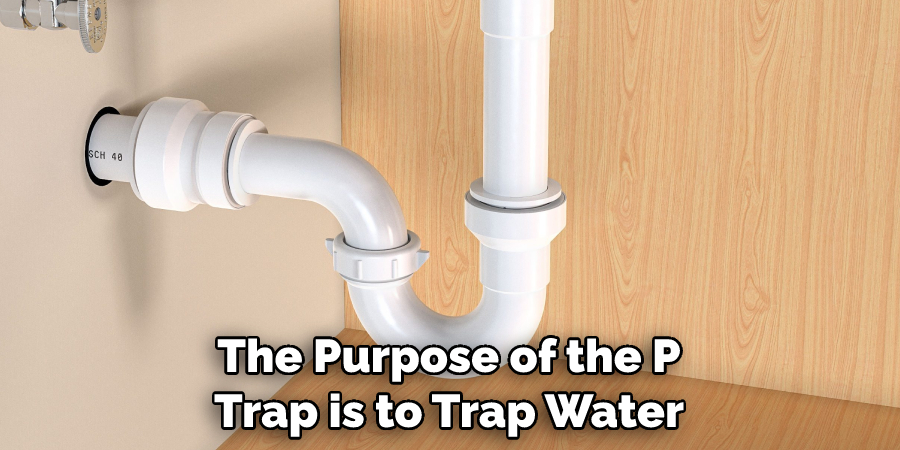
If the P-trap is dry, it may need to be replaced. To check the P-trap, turn off the water supply to the toilet and remove the P-trap. Check for any blockages or cracks in the pipe and replace it if necessary. Ensure that the connection between the P-trap and the drain line is secure before replacing it. Once everything is
3. Inspect the Vent Stack
The vent stack is a pipe that runs from the roof of your home down through the walls and into the sewer line.
The purpose of the vent stack is to allow air to enter the sewer line so that waste can be properly flushed away. If there is a blockage in the vent stack, it can cause problems with your toilet venting.
To inspect your vent stack, begin by removing the lid at the top of the pipe. Check to see if there is any debris or other material blocking the pipe. If so, carefully remove it and then replace the lid.
4. Check for Leaks
One of the most common causes of toilet venting problems is leaks. Leaks can occur in any number of places, including around the base of the toilet, at the connection between the toilet and sewer line, or in the vent stack itself. If you suspect there may be a leak, it is important to have it repaired as soon as possible.
Leaks can cause major damage and increase the likelihood of other plumbing problems. Inspect your toilet for any signs of water around it, and if you find any, contact a plumber for help. Although some leaks may be small, and you may think they are insignificant, they can cause big damage over time.
5. Replace Damaged Parts
If you have checked all of the potential problem areas and still cannot find the source of your problem, it may be necessary to replace some of the parts in your system.
Damaged or corroded pipes can oftentimes be replaced with new ones, and damaged seals can be replaced with new ones as well. You may also need to replace the entire flushing mechanism if it has been damaged. In extreme cases, you may even need to replace the entire toilet.
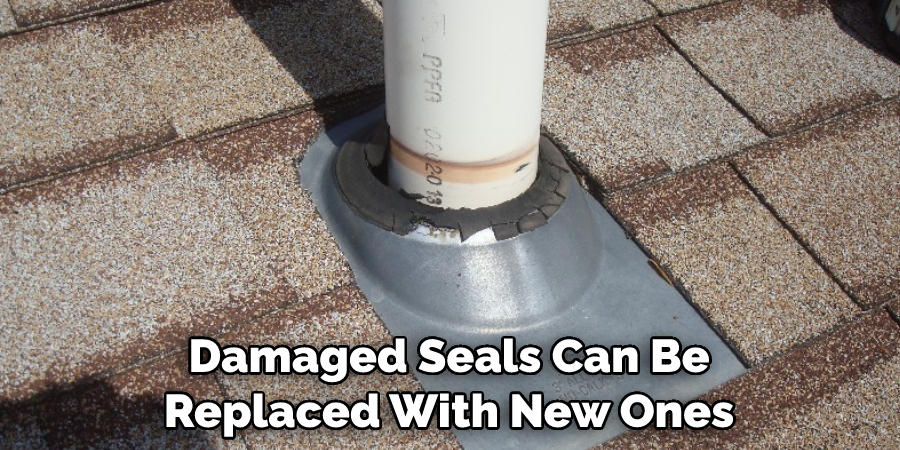
However, before you take any drastic measures, make sure that all of the other potential causes have been thoroughly investigated and eliminated first. It is always better to try and fix the problem with a few parts rather than having to replace the entire toilet.
6. Clean Your Drains Regularly
One way to help prevent toilet venting problems is to clean your drains on a regular basis. Drains can become clogged with soap scum, hair, and other debris, which can then cause problems with sewage flowing properly through them. By keeping your drains clean, you can help reduce the likelihood of having a venting problem.
7. Use a Toilet Snake
If you have tried all of these methods and still cannot fix your toilet venting problem, you may need to use a toilet snake. A toilet snake is a long, flexible piece of equipment that is inserted into toilets in order to clear blockages. If you think there may be a blockage in your system, using a toilet snake may be necessary in order to get, things flowing again smoothly.
8. Hire a Plumber
If you have tried all of these methods and still cannot fix your toilet venting problem, it may be time to hire a professional plumber. Plumbers are trained professionals who know how to diagnose and repair plumbing issues like this one.
They will likely be able to quickly identify and fix whatever issue is causing your problem so that you can get back to using your toilet without worry.
9. Follow Up
Once you have fixed your toilet venting issue, it is important to keep an eye on it in the future. If problems arise again, you may need to check the vents for clogs or other blockages that might be causing the issue.
You can also contact a plumber if the problem persists or worsen. Regularly checking the vents and making sure everything is working correctly will help keep your home safe from plumbing issues like this one and protect your family’s health.
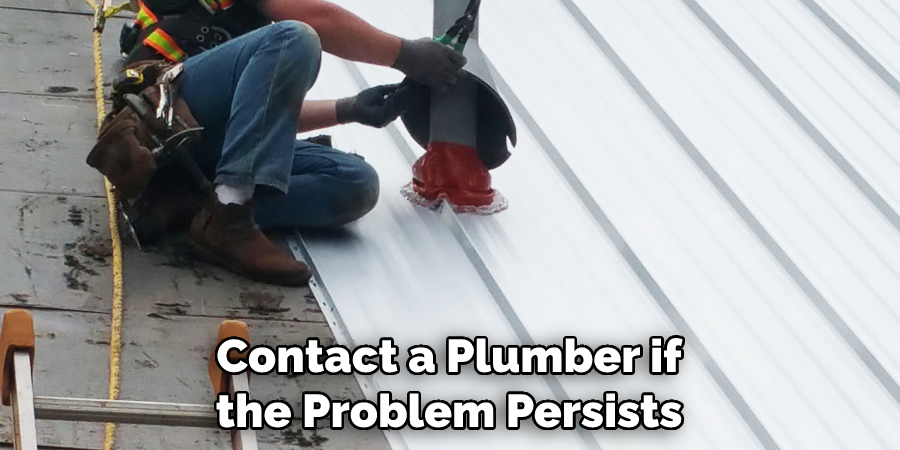
Conclusion
In conclusion, the process of factors to consider and actions to take in order to fix a toilet venting problem can be complicated. However, understanding why you are experiencing issues with your toilet venting is generally the first step in addressing this common plumbing issue successfully.
If you have any doubts or questions throughout the process, it is best to hire a qualified professional who can safely and confidently implement the necessary repairs. Be sure to follow all instructions on how to fix toilet venting problem carefully and always consult an expert when in doubt.

